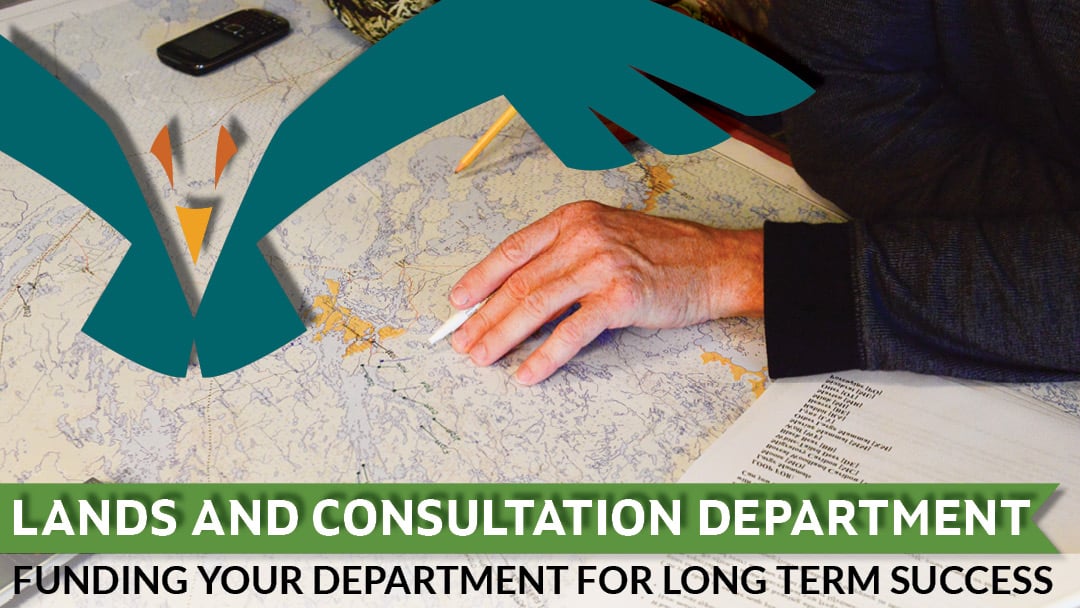
“The problem that exists is that the funding does not, in my opinion, take into account the full extent of activities that are happening.”—Boyd Clark, Band Manager, Acho Dene Koe First Nation
Having an effective Lands and Consultation Department can mean the difference between seizing economic opportunities or watching them pass you by, and between protecting your Nation’s lands or watching them be further taken up and impacted.
But when it comes to funding your Lands and Consultation Department, there is no easy path, no one-size-fits-all solution. The challenge of sustainable funding is real—and comes with a range of problems including attracting talent. Let’s face it, who wants to take a job that may not be there when the funding runs out? The good news, though: there are solutions! We’ve seen them in action, and we’re sharing them with you here.
In this chapter we will hear about some creative and unique approaches Indigenous Nations are taking to meet their department’s needs over the long term. We hope you find inspiration for your own projects.
Also included at the end of this chapter is a list of national- and provincial-level funding sources to explore. These potential sources of starter funding can get your department on its feet and on its way to funding itself—or can kick in some funds to support your team’s growth and development.
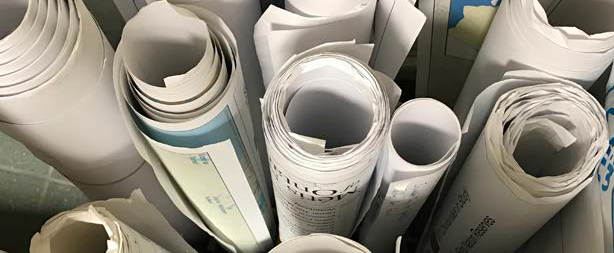
Main Funding Categories
Here is a summary of the main funding sources available to support your department. It’s not a long list:
- Federal/provincial funding programs. The pros: dedicated money to get you started, pay some salaries, set up your systems, and purchase some equipment as the department gets going. The cons: these funding pots are often short term, tightly scoped (or not quite a fit), competitive to win, and reporting heavy.
- Project-based. This refers to the funds that come from proponents as part of the regulatory process around large development projects such as mines or pipelines. It includes funding to support technical reviews of project documents, Traditional Land Use and Occupancy studies, and the like. It can also include accommodation payments when projects impact your Nation’s Rights and interests in ways that can’t be avoided. Note: Often there is also Crown money available to support your involvement in the regulatory process but it’s often not enough to allow for meaningful participation—however you define meaningful.
- Own-source revenue. For many Nations, this is the ultimate goal: to have complete control over their funding source because it comes from revenues generated by the Nation itself. These revenues can often be tied right back to the Lands and Consultation Department that would have flagged opportunities to create partnerships with industry when the original referrals or requests for engagement arrived.
In reality, it’s often a combination of these three sources that works most effectively and sustainably. Here are three examples of Nations who are doing just that.
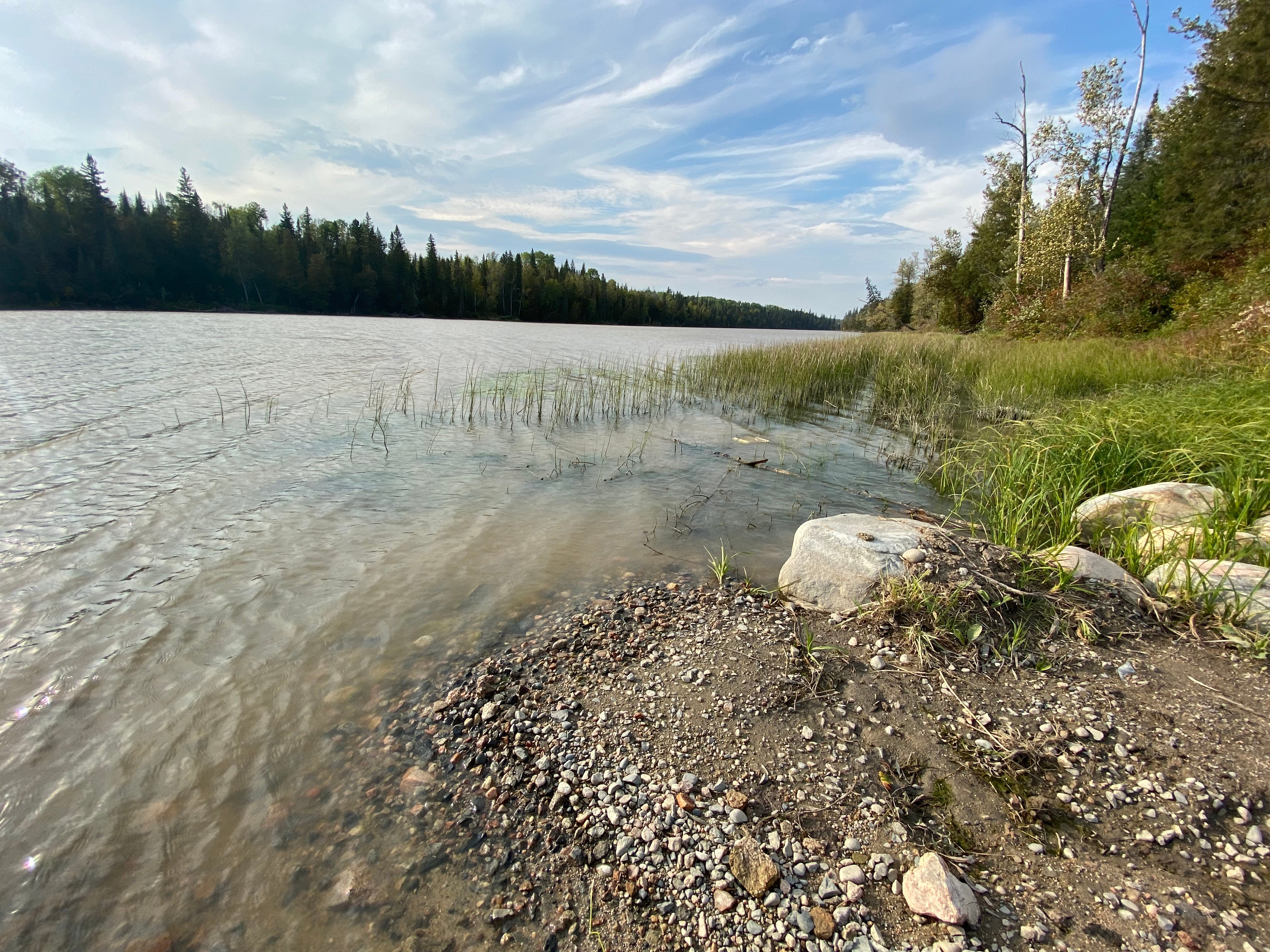 Taykwa Tagamou’s Model: Pull it All Together—and Lean into Partnerships
Taykwa Tagamou’s Model: Pull it All Together—and Lean into Partnerships
Taykwa Tagamou Cree Nation is taking the bull by the horns when it comes to economic development. From forestry to hydro to mining and beyond, the Nation is a willing partner on projects that can further the goals of the community, while protecting the lands and waters. “The financial outcomes of these projects allow us to reinvest in the community,” explains Deputy Chief Derek Archibald. “Our goal is to be financially independent from government. Since 2018, we’ve reduced our dependency on government funding from about 70% to 40% as these projects have come online.” Most of the projects TTN is now involved with came across the desk of the Lands Department before the partnerships were developed—that’s how they first came to the Nation’s attention. But funding that department to have those crucial eyes and ears searching for the next opportunity has been tough.
“Until now there’s been really no funding,” says Derek. “It was always based on projects. It was piecemeal. But now with you guys helping us (that’s SVS!), I’ve found that everything’s starting to add on, it’s starting to come together.”
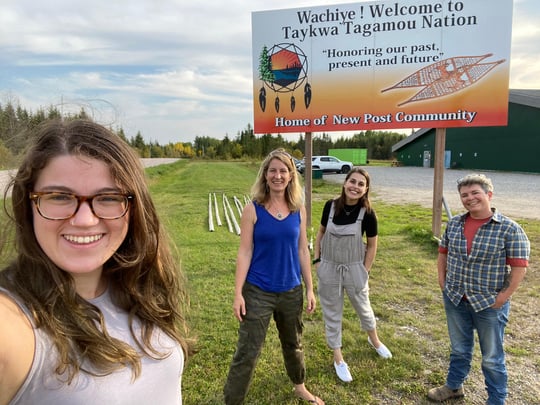
“Unfortunately, there’s no core funding to fund this department, but what we’ve tried to do is when we work with proponents, we ask that they set some funds aside to support our department, and I think that’s going to work. Other than that, there’s special funding available for things like the mineral development advisor position, the flood risk management, and so on.” The department’s funding doesn’t rely solely on funding or project money, either. “We’re fortunate that we have resource revenue sharing, and the stumpage and the mining tax, and that really helped us stabilize the department.”
The Mississaugas of the Credit First Nation Model: Funding Through Department Activities
When the Consultation Department at the Mississaugas of the Credit First Nation (MCFN) was first formed about seven years ago, the plan was for the Nation to fund it as a standing line item in the annual budget. They recognized the importance of having a dedicated team responsible for managing the myriad requests for engagement that were coming through the door. Having the Greater Toronto Area as part of your territory means that the flow of referrals is like water from a firehose—upwards of 50 a week. Another element of the Mississauga’s strategy was to have a team of archaeological monitors in the field for every project that had the potential to impact their Rights and interests.
Earmarking that core funding for the department was a bold move but, as it turned out, it wasn’t needed to support the department.
“Within six months, the department was funding itself,” says Mark LaForme, Director of Consultation for MCFN. “We never had to touch that money.”
How did they do it? Mark explains: “We grew through fees on reviewing archaeological assessments on major projects, and by marking up our field time. You have to continue to reinvest in your department as it grows.”
Acho Dene Koe First Nation’s Model: Managing the Flow of Funding
Acho Dene Koe First Nation’s situation is nothing if not unique—as is their approach to funding their Lands Department. Located in the southwestern part of the Northwest Territories, their Traditional Territory spans three jurisdictions—the NWT, northeastern BC, and the southeastern part of the Yukon.
Boyd Clark, Band Manager for ADKFN, had a lot to say about the current funding model. “The multiple jurisdictions that fall within the lands of ADKFN make their funding situation unique,” says Boyd. He explains that funding for the Lands Department largely comes through territorial or federal governments and is based on specific initiatives. “The challenge is to capitalize on opportunities to drive some revenue back to support day-to-day activities rather than just the specific projects, because the project becomes the focus rather than the core work of the Lands Department,” says Boyd.
According to Boyd, to run the ADKFN Lands Department costs about a quarter million dollars a year. The funding from the three jurisdictions is not equal. “It’s about $150,000 on the NWT side, $60,000 in BC, and $40,000 in the Yukon,” Boyd explains.
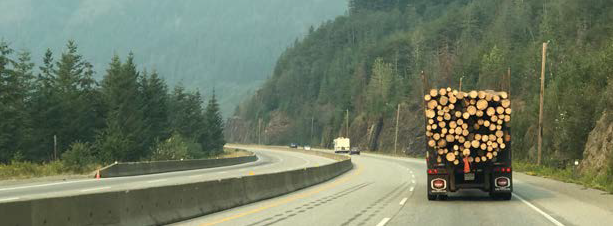
Over 200 Funding Agreements to Manage
“The geographic complexities of ADKFN mean that there are four jurisdictions so there’s four funding streams. Just the management of funding agreements is a monumental task with over 200 funding agreements that the team has to report on,” Boyd explains. These funding agreements cover initiatives that include species at risk, various environment and natural resources programs, Traditional Knowledge type studies, as well as funding connected to water stewardship tables, land-based programs, and mineral development strategies, to name just a few. “It would be nice if we just had one comprehensive funding agreement rather than $10,000 here, $20,000 there, and $30,000 a year, and then having to report on all these funding agreements,” Boyd comments. “It all sounds wonderful to have the funding but trying to track them all and making sure invoices get applied to the proper funding agreements is a nightmare. And they all want different types of reporting on their agreements. It gets very cumbersome at a certain point.”
Applying for these various funding pots is also labour intensive. “An internal grant writer could be working full time just dealing with funding applications and reporting on them,” says Boyd. “Between SVS and other consultants that we have applying for funding on our behalf, we have pretty regimented activity happening on funding and a lot of other First Nations don’t have that. They either don’t have the capacity, or they don’t know what’s out there.”
Northwest Territories Leader in Dedicated Funding
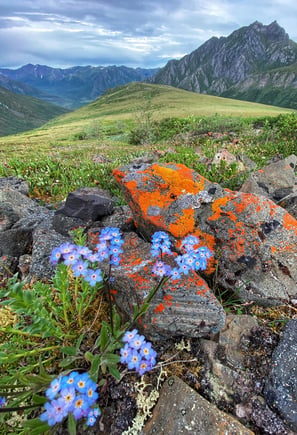 Of all the jurisdictions ADKFN interacts with, Boyd finds the Northwest Territories to be the most progressive in its approach to funding: “There are a number of different funding streams in the NWT, more than any other jurisdiction. And I will say that the NWT is really good at acknowledging that they need to provide funding support to advance discussions with their Indigenous governments, more so than any other jurisdiction.”
Of all the jurisdictions ADKFN interacts with, Boyd finds the Northwest Territories to be the most progressive in its approach to funding: “There are a number of different funding streams in the NWT, more than any other jurisdiction. And I will say that the NWT is really good at acknowledging that they need to provide funding support to advance discussions with their Indigenous governments, more so than any other jurisdiction.”
“I think it's simply because their politicians are from Indigenous governments, so they recognize how the funding need is for Indigenous governance. I should say that they still need additional funding, but it's better than nothing at least.” Boyd explains that there are dedicated funding resources to support lands department development, which he hasn’t seen in other jurisdictions.
Self-government is the Future
Being reliant on a patchwork of funding is of course not ideal. We asked Boyd what the ideal future would look like: “The ideal for the future is self government for ADK. In that scenario, there would be a comprehensive fiscal framework agreement that exists that draws down much of the core funding from the federal government. Right now, that funding is proposal driven because there isn't a self government comprehensive agreement in place,” Boyd explains. In this future scenario, the Nation would have a lump sum that they would manage, instead of having to align with the various government-driven funding initiatives.
Not all the funding ADKFN uses comes from government. “The split is about 85% government funding and 15% other sources such as Impact Benefit Agreements and the like.” But this shift towards self governance would make an enormous difference. “Right now, ADK gets $120,000 a year from the federal government,” says Boyd. “To give you a comparative analysis, once they sign the self government agreement that would be worth $3.2 million. That's the difference.”
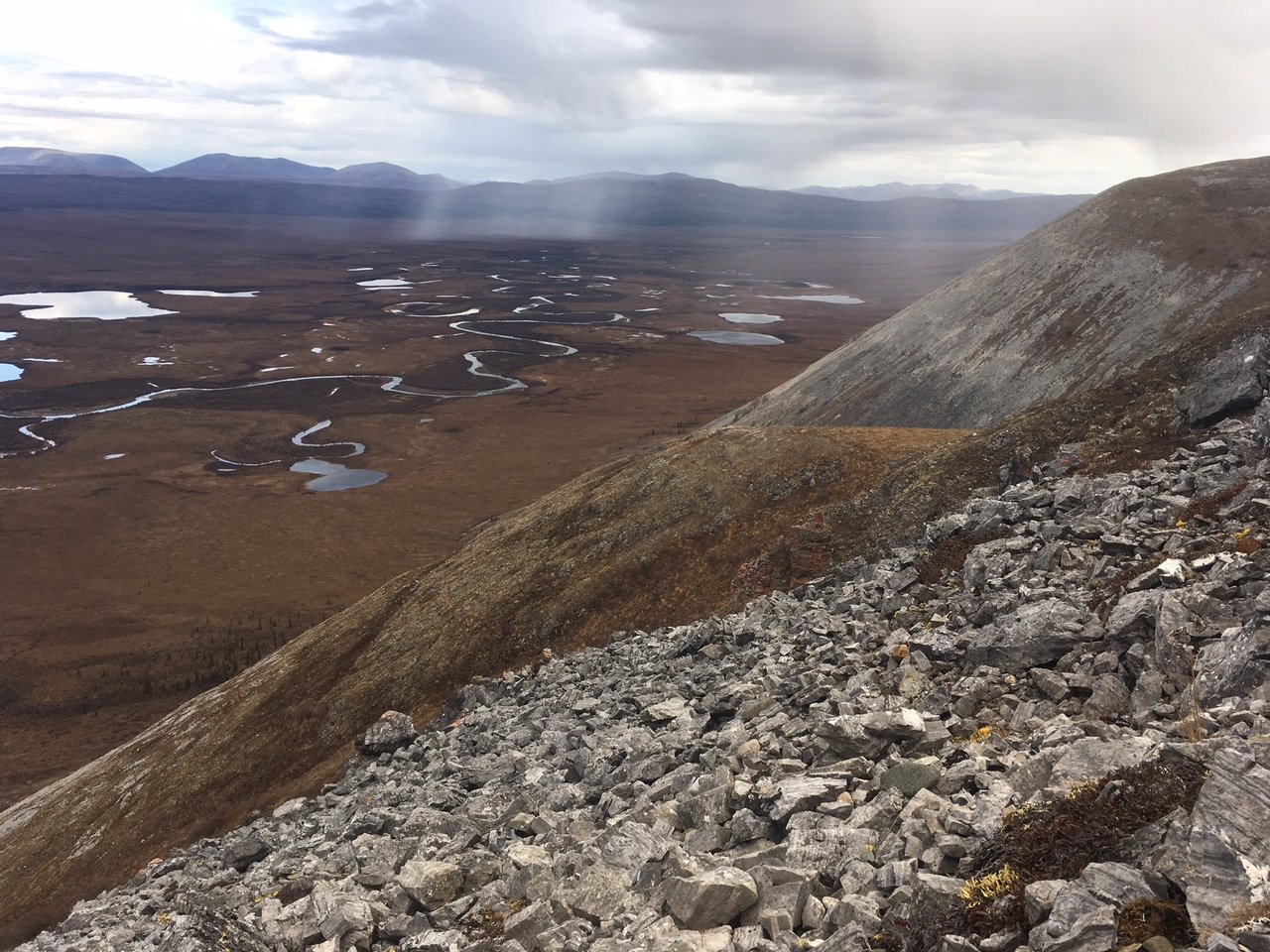
So there you have it—three examples among many that demonstrate how Lands and Consultation Departments are being funded differently by Indigenous Nations. We hope you’ve found some inspiration in these accounts. Read on for a comprehensive round up of funding opportunities to explore for your own Nation. And if you have ideas you’d like to bounce off our team, please get in touch. We have supported the Nations featured in this article to apply for funding to support their departments and projects and are happy to share our experience and ideas with you.
Select Sources of Funding to Support Lands and Consultation Departments
We provide a handful of funding sources to get you started on your search below. Some are relevant across Canada, and some to the province or territory where you’re located. And make sure you sign up for the Talon—our monthly news digest with information on new funding sources and open funding windows amongst other exciting news!
Across Canada
Funding Source: Indigenous Services Canada
Funding Title: Lands and Economic Development Services Program
Description: ISC offers different types of funding to help First Nations and Inuit communities address economic development, reserve land, and environmental management under the Indian Act and First Nations land and environmental management not under the Indian Act.
Eligibility: First Nations and Inuit communities
Funding Amount: Determined by level of risk involved, demonstrated need for funding and environmental benefits.
Funding Source: Indigenous Services Canada
Funding Title: Reserve Lands and Environment Management Program
Description: Provides funding to First Nations to develop capacity to manage reserve land, resources, and environment. There are three levels of responsibility from training and development, operational, and delegated authority.
Eligibility: First Nations requirements are listed in checklists provided on ISC page.
Funding Amount: Determined by the population of the First Nations; size of reserve land base; type, number and complexity of land and natural resources interests and transactions registered in Indian Lands Registry System; environmental activities; compliance activities; and level of responsibility.
Funding Source: Indigenous Services Canada
Funding Title: First Nations Land Management
Description: Allows First Nations to opt-out of 40 sections of the Indian Act relating to land management. First Nations can then develop their own laws about land use, the environment, and natural resources and take advantage of cultural and economic development opportunities with their new land management authorities. There are three types of funding available through this pathway: development funding for developing a land code, negotiating an individual agreement, and holding a ratification vote; funding to facilitate the transition from the developmental phase to the operational phase; ongoing operational funding for managing land, environment, and natural resources.
Eligibility: Any First Nations with lands reserved for Indians within the meaning of sec. 91(24) of the Constitution Act of 1867 or with lands set aside in Yukon.
Funding Amount: Determined by needs—case by case basis.
Funding Source: Indigenous Services Canada
Funding Title: Band Support Funding
Description: Supports First Nations with costs of local government and with administering services funded by Indigenous and Northern Affairs Canada (INAC). Provides stable funding base to support effective community governance and efficient delivery of services.
Eligibility: Any First Nations whether or not they are located on a reserve.
Funding Amount: Determined by needs—case by case basis.
Funding Source: Indigenous Services Canada
Funding Title: Community Opportunity Readiness
Description: Supports First Nations with funding to take advantage of economic opportunities.
Eligibility: Any First Nations and Inuit communities and governments, including Tribal councils; organizations and associations controlled by First Nations and Inuit communities, and non-Indigenous organizations and associations that plan to provide economic development services for the benefit of First Nations and Inuit communities.
Funding Amount: Determined by needs—case by case basis.
Funding Opportunities - Atlantic Canada
Funding Source: Government of Nova Scotia—Office of Aboriginal Affairs
Funding Title: Aboriginal Community Development Fund
Description: Supports community-led initiatives and projects that generate community economic benefits for Nova Scotia Mi-kmaq, and other Aboriginal people in the province through a variety of business, cultural, social, ecological, and economic development activities. Main funding streams: Community and economic development projects, strategic capacity building, conferences workshops and event support, Aboriginal/Mi’kmaq Innovation.
Eligibility: Any projects or initiatives supported by a Mi’kmaw community or an Aboriginal organization. Applicants should be currently registered with active status under the Registry of Joint Stocks and incl. Mi’kmaq Band councils and agencies, Aboriginal organizations serving NS Mi’kmaq/Aboriginal communities, Aboriginal initiatives led by a provincial or federal department/agency or non-profit.
Funding Amount: Total ACDF budget is $75,000 and is intended to leverage other resources within and outside of government to support projects/initiatives that are community-led and First Nations driven.
Funding Source: Joint Economic Development Initiative
Funding Title: JEDI Aboriginal Development Fund
Description: Supports economic development in First Nations communities of New Brunswick. Provides funding to support business and community economic development planning.
Funding Amount: Community economic development—max. of up to 50% of total planning costs not to exceed $8000. Business/Entrepreneurship Development—max up to 50% of total planning costs not to exceed $4000.
Funding Source: Regional Development Fund
Funding Title: Community Capacity Building (CCB)
Description: Not-for-profit organizations working on rural development initiatives for consulting and professional services that support advanced planning and/or strategic capabilities. The main training support is for economic and business development.
Eligibility: Non-profit organizations
Funding Amount: Up to $5,000 for regional organizations and up to $10,000 in funding for provincial organizations per year.
Funding Source: Central Development Corporation
Funding Title: Community Capacity Fund
Description: Not-for-profit organizations, municipalities, and Indigenous communities to advance planning and/or strategic capabilities related to rural development initiatives. Areas include strategic planning/capacity building, sector development, and community competitiveness/infrastructure.
Eligibility: Indigenous communities with projects that demonstrate a clear and direct economic impact for PEI.
Funding Opportunities - Ontario
Funding Source: Government of Ontario, Northern Ontario Heritage Fund
Funding Title: Northern Community Capacity Building Program—Community Capacity Building Initiatives
Description: Helps northern communities develop the capacity to promote, attract, and support economic growth in the existing and emerging priority sectors.
Eligibility: First Nations, municipalities. Support including Indigenous workforce development.
Funding Source: Government of Canada, FedNor
Funding Title: Northern Ontario Development Program (NODP)—Community Economic Development
Description: Funding for projects led by municipalities, First Nations, and other organizations to support community economic development, diversification, job creation, and self-reliant communities in Northern Ontario.
Eligibility: First Nations, municipalities, not for profits
Funding Amount: Up to 33 percent of eligible capital and up to 50 percent of eligible non-capital costs.
Funding Opportunities - Alberta
Funding Source: Government of Alberta, Ministry of Indigenous Relations
Funding Title: Aboriginal Economic Partnership Program
Description: Provides grants funding to support Indigenous communities, businesses, and organizations to promote and foster economic development. Aboriginal Business Investment Fund provides between $150K to $500K to support Indigenous community-owned economic development projects. Employment Partnerships Program funding is case-by-case basis.
Eligibility: First Nations across AB.
Funding Amount: Case-by case basis.
Funding Source: Government of Alberta, Ministry of Indigenous Relations
Funding Title: Community and Regional Economic Support (CARES) program
Description: Provides funds for Métis Settlements and First Nations, and other organizations for initiatives that improve local business environment and/or regional economic collaboration/development.
Eligibility: First Nations across AB, municipalities, or a partnership.
Funding Amount: Case-by case basis.
Funding Opportunities - British Columbia
Funding Source: New Relationship Trust
Funding Title: Direct Support Funding
Description: Provides funding for First Nations communities for education, governance capacity, language, youth/Elders, and economic development.
Funding Amount: Case-by case basis.
Funding Source: Government of British Columbia
Funding Title: First Citizens Fund
Description: Provides funding to support cultural, educational, and economic development programs for Indigenous Peoples, communities, and businesses in BC and helps fund Indigenous organizations offering services in these areas.
Funding Amount: Case-by case basis. Principal and Surplus funds.
Funding Source: Island Coastal Economic Trust
Funding Title: Economic Development Readiness Program
Description: Provides funding to support economic readiness and collaboration in the region and encourage collaboration between communities in the creation of regional economic strategies and regional economic development tools.
Eligibility: First Nations, municipalities.
Funding Amount: Case-by case basis. Up to $30K in funding for capacity-building programs up to a max. of 50% of eligible project budget. Up to $70K per organization for business and community support programs, up to a max. of 100% of the eligible project budget.
Funding Opportunities - Territories
Funding Source: Canadian Northern Economic Development Agency
Funding Title: Community Readiness and Opportunities Planning (CROP)
Description: Provides funding to improve the economic development capacity of Indigenous communities and increase economic development in the three territories.
Eligibility: First Nations, Inuit, Métis, and non-status Indigenous communities.
Funding Amount: Case-by case basis.
Read more about the Lands and Consultation Department Support Services that SVS offers here.
Get the FREE eBook here:
Get more posts like this directly to your inbox! Sign up for our bi-weekly funding, news and information digest:
About Us: Shared Value Solutions
We are an Canadian B Corp, and we assist Indigenous communities with support throughout regulatory processes surrounding major development projects like mines, hydroelectric facilities, transmission lines, highway expansions, oil and gas pipelines, natural resource transport applications and nuclear power.
We have deep context and experience behind the recommendations we provide, having worked for our clients on almost every major project in Canada over the last 10 years. For us, it’s all about building long-term relationships with our clients. We want to get to know you and what you want to do so we can help you move your plans forward.
- Impact Benefit Agreement Negotiation Support
- Technical Reviews and Regulatory Process Support
- Community and Economic Development Planning
- Indigenous Knowledge and Land Use Studies
- Environmental Monitoring
- Guardians Program Development
- Climate Change Readiness
- GIS and Mapping
- And so much more: www.sharedvaluesolutions.com


